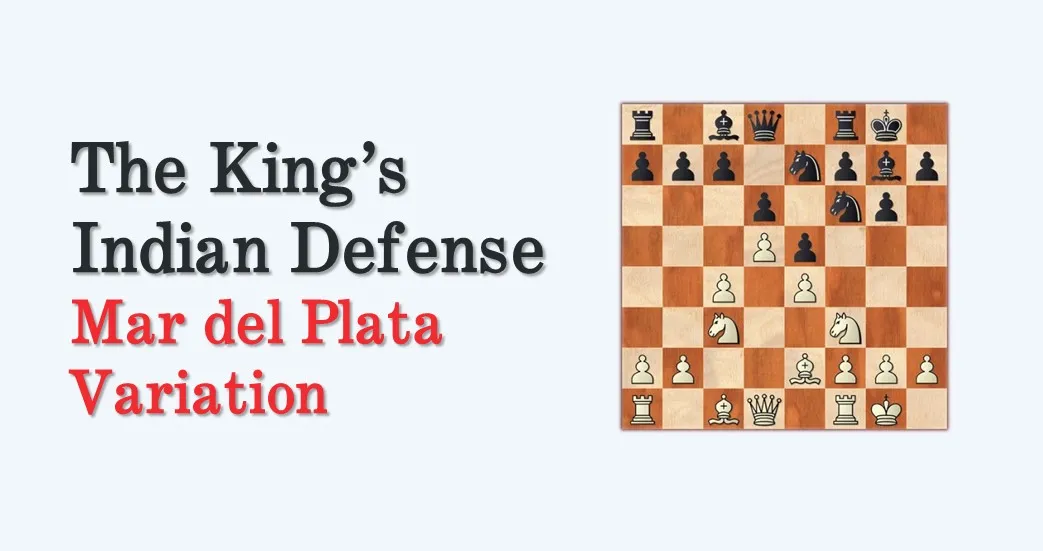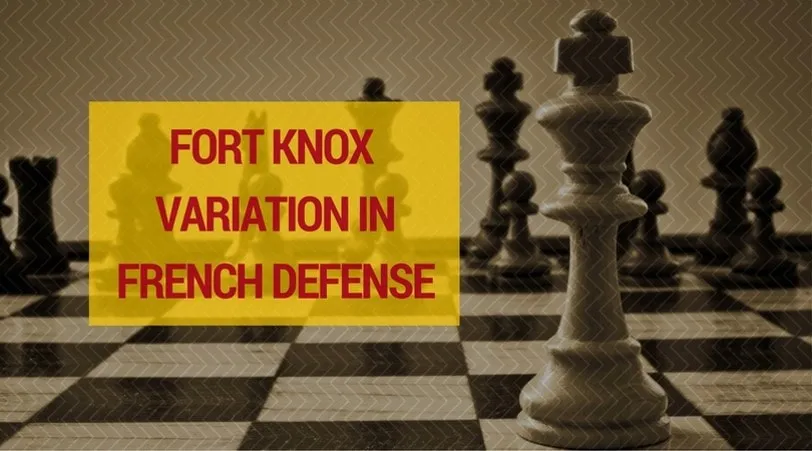What Opening Is the Best Fit for Me? [learn in 5 minutes]
![What Opening Is the Best Fit for Me? [learn in 5 minutes]](https://thechessworld.com/wp-content/uploads/2020/01/8opening-best-fit.webp)
Opening: Which one is the best for me? Having a well-developed, solid repertoire is an important step in improving your level as a chess player. Middlegame knowledge, endgame knowledge, tactics, and strategy are all very important too, but they all fail if you don’t manage to get a good, playable position out of the opening, where you can actually apply everything you’ve learned.
It is up to you if you want to focus on heavy theory or systems – it is important to have a clear idea of what you will play and know the resulting positions.
- But, how do you decide on a repertoire?
- How do you know which one to choose?
Opening: Many players make this choice based on fashion, but I don’t believe in this approach.
What suits others might not suit you. Choosing it should be personal, like getting a custom-tailored suit. Much like taking measurements, you have to get the objective and take into consideration a few important factors.
First of all, remember that your opening choice should be based on your own playing style and personality.
This means that your style should dictate the opening, not the other way around. Don’t choose it just because everybody else plays and gets good results with it; it might be simply because they get positions they are comfortable with and know how to handle in the middlegame.
Do you like to attack and do it well?
Then, 1.e4 openings for white and an opening like the Sicilian for black are probably for you. Are you more comfortable with quiet positions where you can maneuver around?
Then you can probably go for a solid opening such as 1.d4 for white and The Caro-Kann or go for the classical approach with 1…e5 with black.
If you have a player you look up to and have inspired you a lot in your style of play, you could also get some inspiration from his/her opening repertoire. Make sure, however, that their opening suit you as well.
The second thing you have to consider is the time you actually have to invest in learning openings. There are many openings where you have to know the moves by heart and there’s very little (if any) space for inventing moves.
If you have the time and dedication it takes to learn such openings, then no problem. If your time is limited, perhaps it is best to consider system-like set-ups, where the move order is not so important and nothing terrible happens if you forget one move.
In this case, it is more important to know the structures, and the typical plans and sees many games of strong players to learn how they handle the resulting positions.
Opening: Lastly, but probably most importantly, you have to know yourself.
- What are your weaknesses?
- What are your strengths?
Be honest with yourself; this is the only way to choose an opening that will actually suit and help you grow as a player. For example, if you like to play endgames, then Berlin might be an opening to your liking. Look for openings that lead to open positions where trades are possible and you can take the game into your territory.
Once you have decided on an opening, try it out, first in training games, then in tournaments. See what works and what doesn’t. Try different plans, and look for new ideas. If you lose a game, it is better to find what failed in your preparation rather than changing the opening completely.
Keep working and fixing your lines until you get your own, personalized system.
Finding the perfect opening is not an easy task, but not an impossible one to achieve either if you have the right mindset.
We also recommend reviewing 7 Signs You Have a Potential for Becoming Grandmaster at Chess.




![[Video] You got to see this Opening!](https://thechessworld.com/wp-content/uploads/2023/01/3you-got-to-see-this.webp)





Comments: